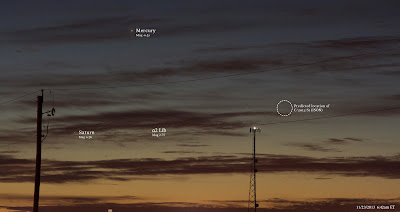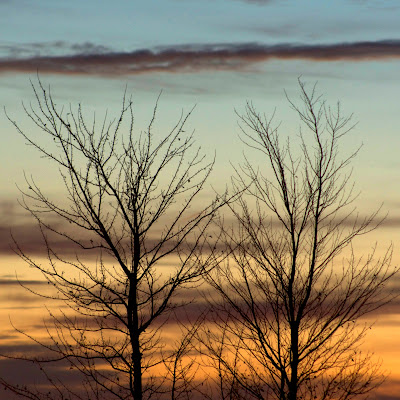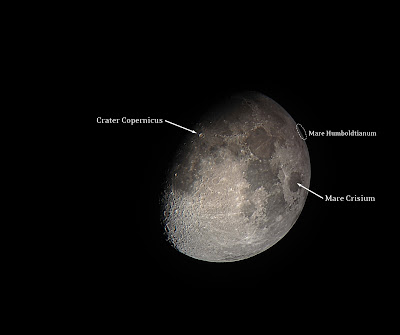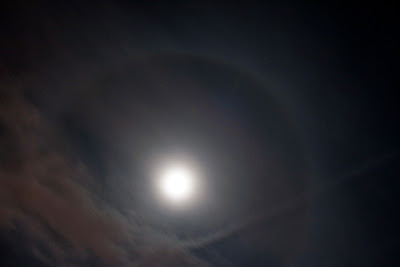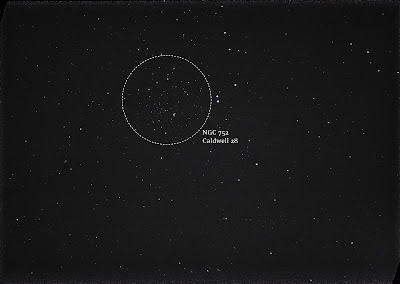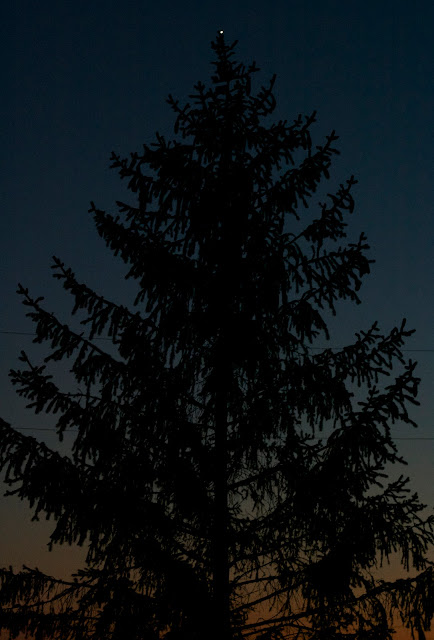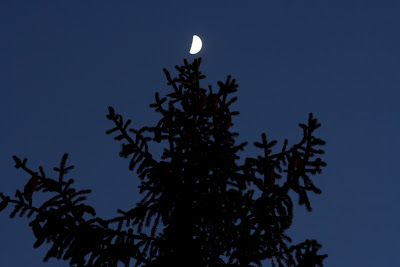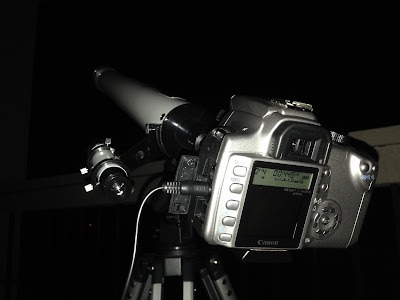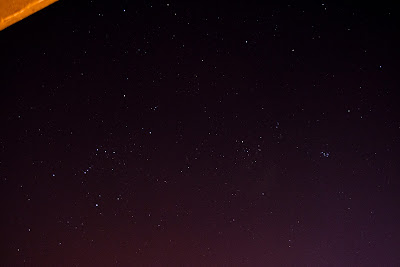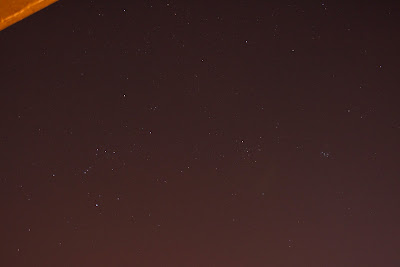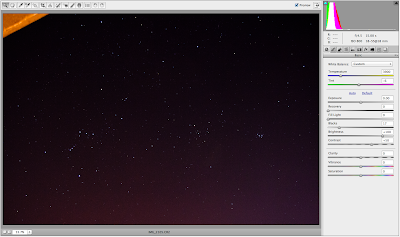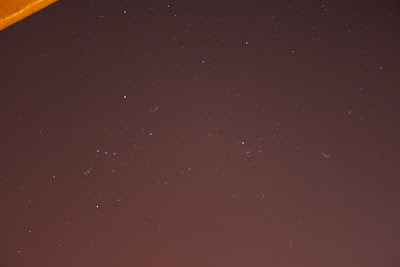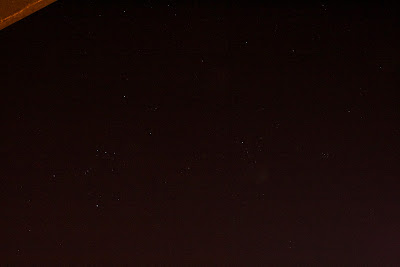 |
| Table from horoscopedates.com |
I never thought twice about how the date ranges were evenly split into 12 month long segments. But once I started to learn about the night sky and the constellations, it became obvious that the Sun, Moon, and planets only pass through small segments of some constellations, and spend weeks in others. In fact, the sun spends 44 days in Virgo but only 7 days in Scorpius. The Sun spends 18 days in Ophiuchus and it isn't even included in the classical zodiac! You can look up your astronomical (rather than astrological) sun sign here.
The classic date ranges are supposed to tell you where the Sun was at the moment you were born, but they can be way off (or not even include your constellation at all). To tell where the Sun actually was at the moment of your birth, just download Stellarium and go back in time to find out. You can look at the position of the Sun, Moon, planets and stars from anyplace on Earth at any time.
I was born at approximately high noon on Friday, December 30, 1983 in Dayton, Ohio. Here is my Sun position chart at that exact time and location. You can see that the Sun was firmly in Sagittarius and nowhere near Capricorn. The red borders define the borders of the constellations' regions in the sky - sort of like counties used to determine a celestial address.
 |
| Sun position at the moment of my birth |
So all this time I've been a Sagittarius and not a Capricorn! I even have a Capricorn tattoo on my torso!
 |
| Zodiac floor mosaic at the Holcomb Observatory and Planetarium at Butler University |



